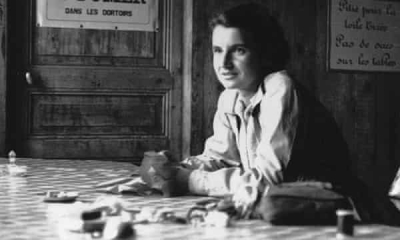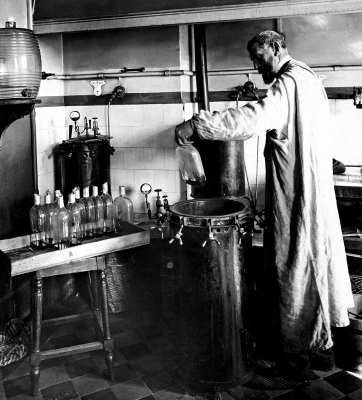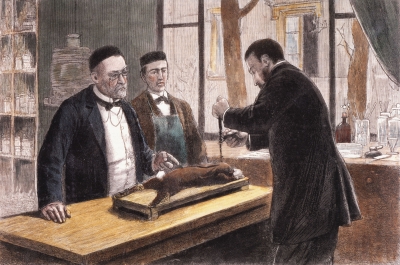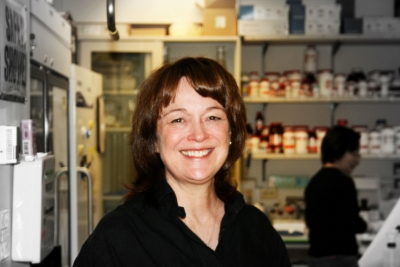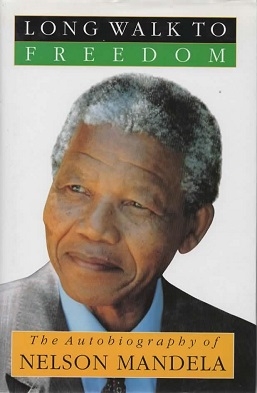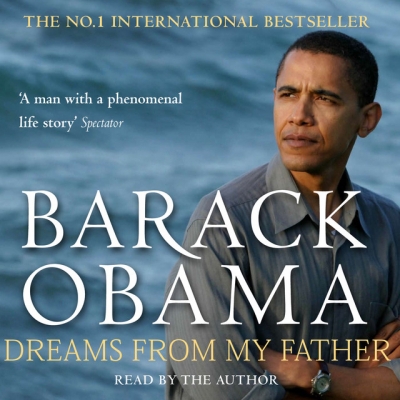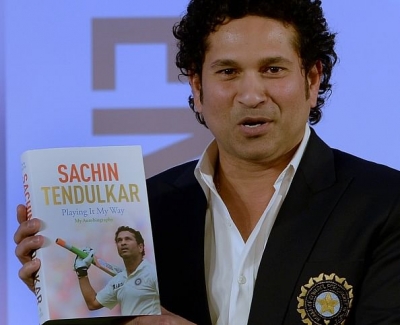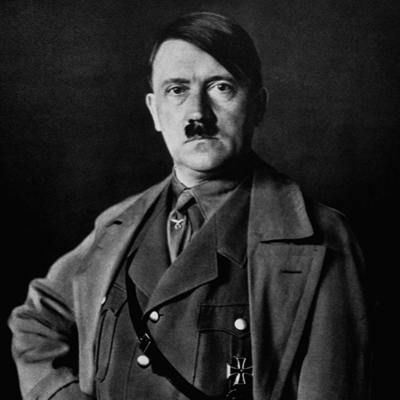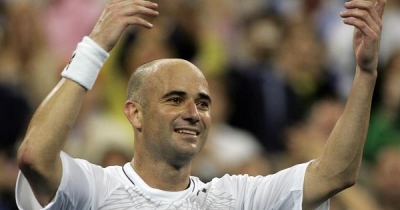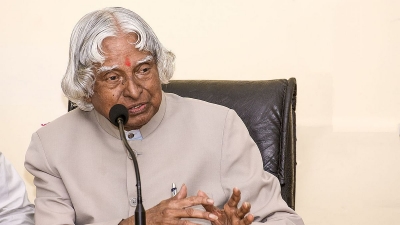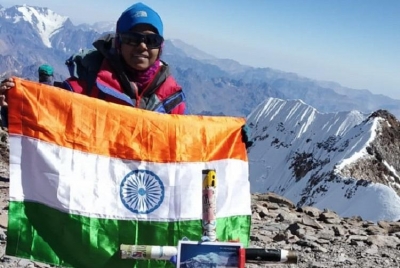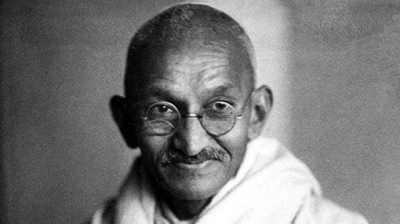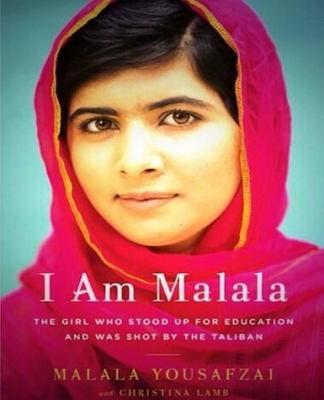Who wrote “Where the Wild Things Are”?
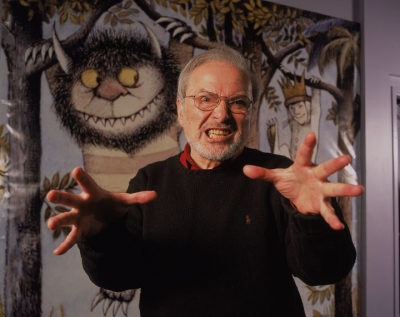
Where the Wild Things Are is a 1963 children's picture book by American writer and illustrator Maurice Sendak, originally published by Harper & Row. The book has been adapted into other media several times, including an animated short in 1975 (with an updated version in 1988); a 1980 opera; and a live-action 2009 feature-film adaptation. The book had sold over 19 million copies worldwide as of 2009, with 10 million of those being in the United States.
Sendak began his career as an illustrator, but by the mid-1950s he had decided to start both writing and illustrating his own books. In 1956, he published his first book for which he was the sole author, Kenny's Window (1956). Soon after, he began work on another solo effort. The story was supposed to be that of a child who, after a tantrum, is punished in his room and decides to escape to the place that gives the book its title, the "land of wild horses". Shortly before starting the illustrations, Sendak realized he did not know how to draw horses and, at the suggestion of his editor, changed the wild horses to the more ambiguous "Wild Things", a term inspired by the Yiddish expression "vilde chaya" ("wild animals"), used to indicate boisterous children.
He replaced the horses with caricatures of his aunts and uncles, caricatures that he had originally drawn in his youth as an escape from their chaotic weekly visits, on Sunday afternoons, to his family's Brooklyn home. Sendak, as a child, had observed his relatives as being "all crazy – crazy faces and wild eyes", with blood-stained eyes and "big and yellow" teeth, who pinched his cheeks until they were red. These relatives, like Sendak's parents, were poor Jewish immigrants from Poland, whose remaining family in Nazi-occupied Europe were killed during the Holocaust while Sendak was in his early teens. As a child, however, he saw them only as "grotesques".
Picture Credit : Google
